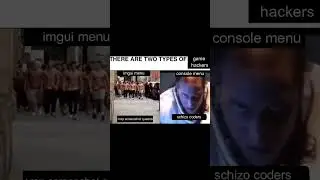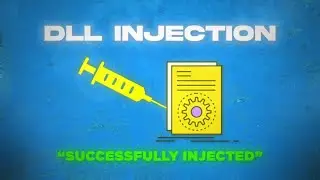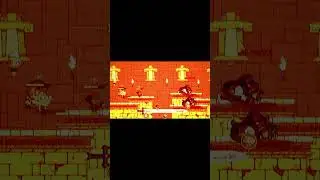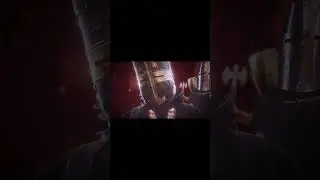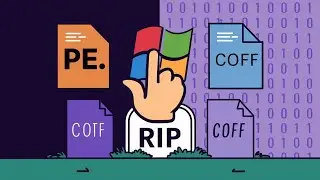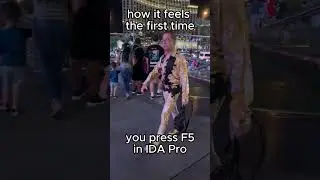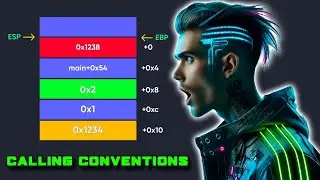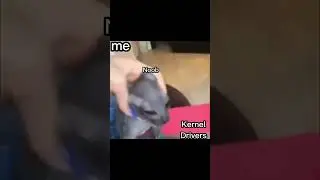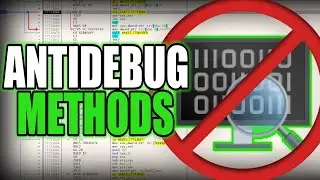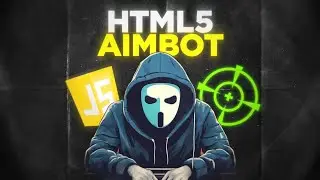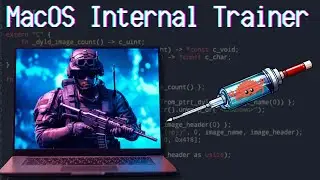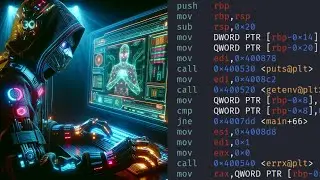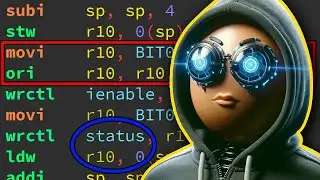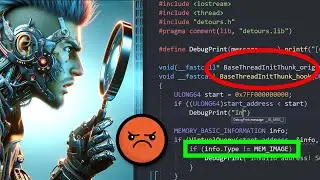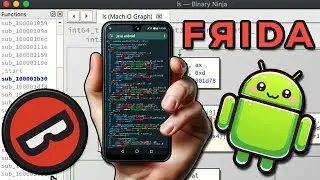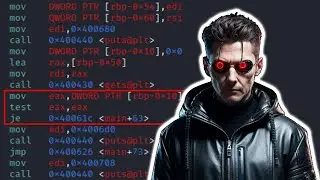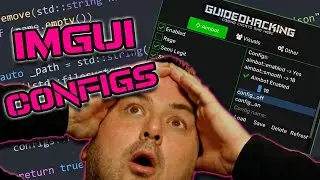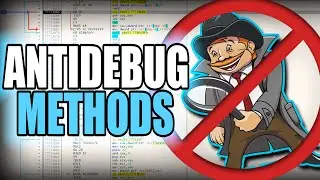Learn C Programming Tutorial for Linux 1: Hello World + Basics
This tutorial will teach the basics of C programming, it will also be helpful to those of you who have learned C++ on the Windows platform and are looking to expand your skills in the C and Linux department.
As the years go by, many of you will find yourselves moving to Linux or working with Linux. This is especially true if you plan to work in the software development industry. Our forum focuses on Windows game hacking and C++, but we don't have anything on basic C and Linux. This tutorial series will help bridge the gap and provide something a bit different for our viewers.
Timestamp
0:00 Introduction
0:53 Creating sample program
1:57 Explaining basic structure of a c program
5:06 Introduction to variables and type
10:41 Sizes of data types
12:56 Properties of data types and operators
16:56 Basic input
This c programming tutorial will teach you about the c programming language as well as some linux c++ coding on the gnu/linux operating system. This intro to c will help you learn data types and many other concepts. At the end of the day in order to actually learn c you need to consistently practice with hobby projects and other ideas. This coding tutorial will provide the base knowledge but you need to apply what you learn here.
After writing a sample program we explain all of its parts like comments which allows other programmers to easily understand the code and include headers used to include other code into the current file like the printf function in this example program.
A function is the basic building block of the c programming language, basically every piece of code must be inside a function. A function is defined by a return type, a function name, parameters and some code between curly brackets. When a program starts it calls the main function which is the first function to be executed. Then the main or any other function must either call other functions or use the c keywords for example to do arithmetic, memory manipulation, logic evaluation, etc.
In C we have a set of data types each for a different purpose, some of the most basic are short and int for integer numbers, float and double for decimal numbers, bool for boolean variables which are true or false, char for characters like the letter z. All these data types have a fixed size but essentially the only difference between them is how they represent numbers because they all store numbers in bits and bytes. Data types have some modifiers like the unsigned keyword that specifies a variable can not have negative values.
This tutorial series is brought to you by @matthew99g.
Post questions and learn more in the official thread:
https://guidedhacking.com/threads/lin...
We are working on 6 videos right now and plan to go much farther. We'll start with a simple Hello World and move onto the good stuff. We will also be sprinkling in some Linux C game hacking videos. We'll do our best to provide a few Linux equivalent to our Windows game hacking videos.
There are a few ways to follow along if you're a Windows user:
-Use Visual Studio Code like in the video, which is cross platform
-You can use Visual Studio also, just add the module for Linux development
-Compile using the Windows Subsystem for Linux
-Run Linux in a Virtual Machine
-Dual Boot Linux
==
https://guidedhacking.com/donate
/ guidedhacking
/ guidedhacking
/ guidedhacking
https://guidedhacking.com



![Thanos vs Thor | Avengers: Sonsuzluk Savaşı (2018) | Türkçe Dublaj [1080p]](https://images.videosashka.com/watch/agVfb0KyT00)




